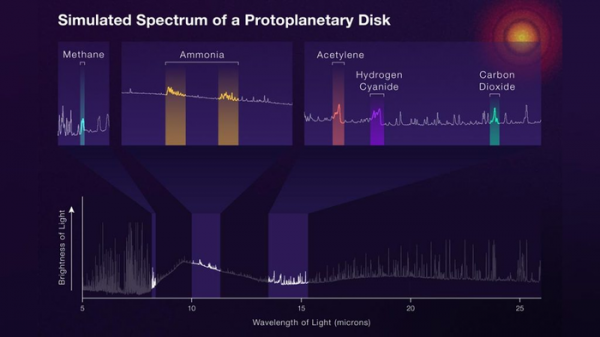The ongoing success of the multi-instrument optics alignment for NASA’s Webb telescope’s near-infrared instruments has moved the attention of the commissioning team to chill as we carefully monitor the cooling of the Mid-InfraRed Instrument (MIRI) down to its final operating temperature of less than 7 kelvins (-447 degrees Fahrenheit, or -266 degrees Celsius). We are continuing other activities during this slow cooldown which include monitoring the near-infrared instruments. As MIRI cools, other major components of the observatory, such as the backplane and mirrors, also continue to cool and are approaching their operational temperatures.
Last week, the Webb team did a station-keeping thruster burn to maintain Webb’s position in orbit around the second Lagrange point. This was the second burn since Webb’s arrival at its final orbit in January; these burns will continue periodically throughout the lifetime of the mission.
In the last few weeks, we have been sharing some of Webb’s anticipated science, beginning with the study of the first stars and galaxies in the early universe.
Read more at NASA/Goddard Space Flight Center
Image: Simulated MIRI spectrum of a protoplanetary disk, as it might appear in a number of Cycle 1 science programs. The spectrum shows many features that demonstrate the presence of water, methane, and many other chemicals. (Credit: NASA, STScl.)


